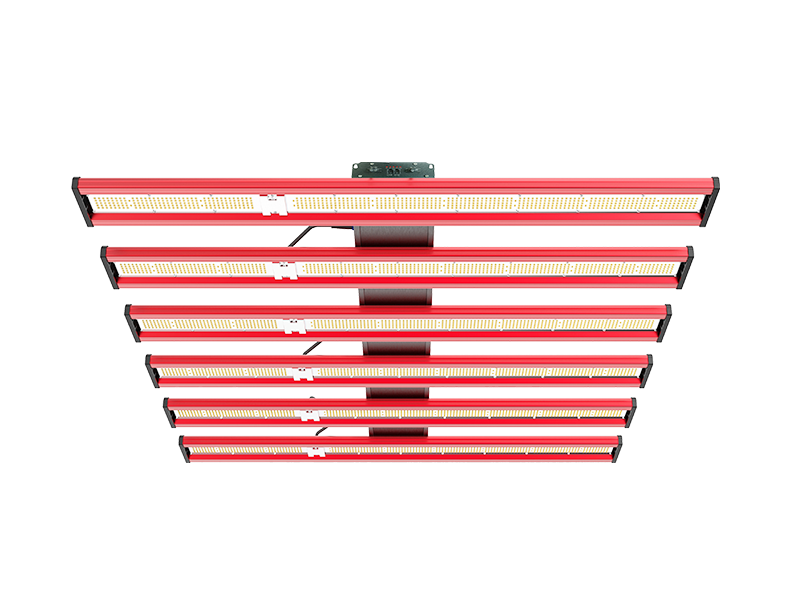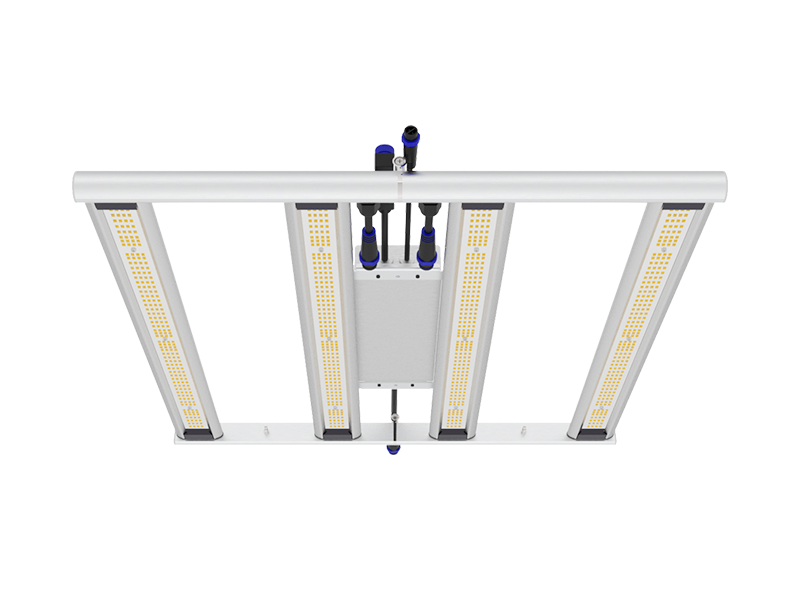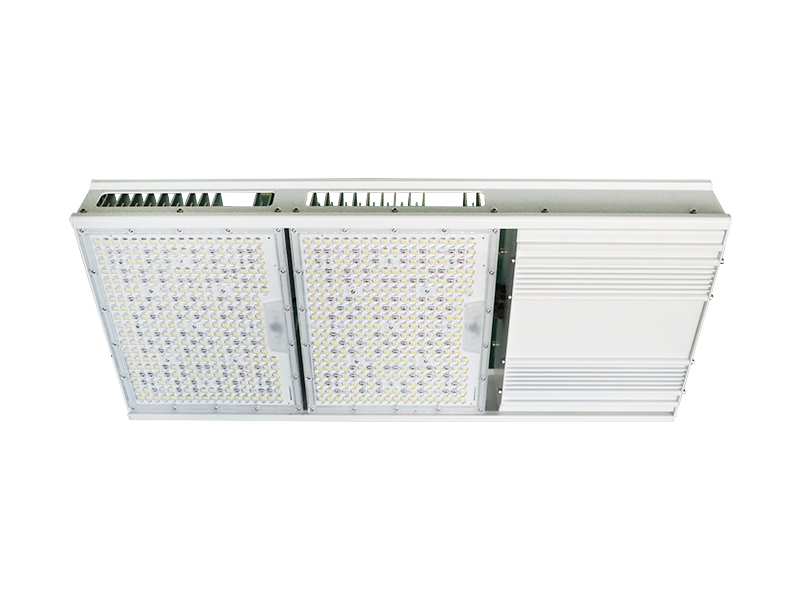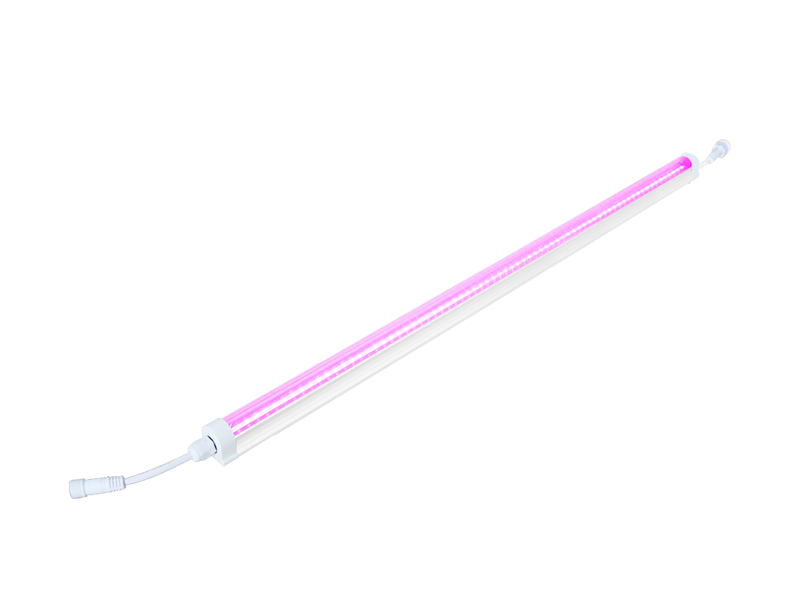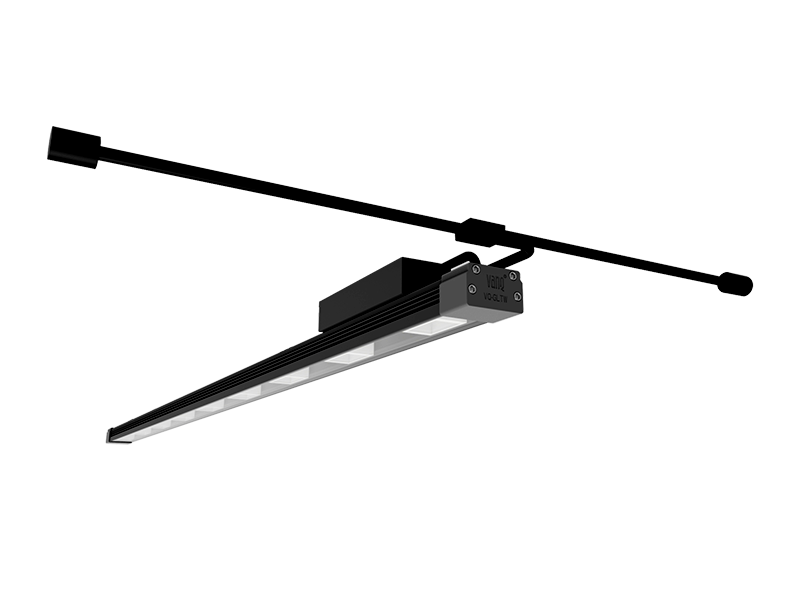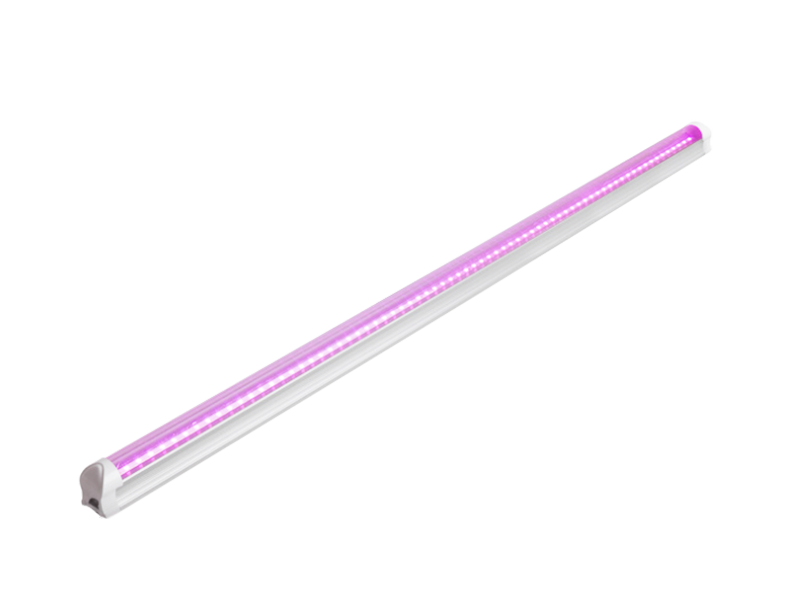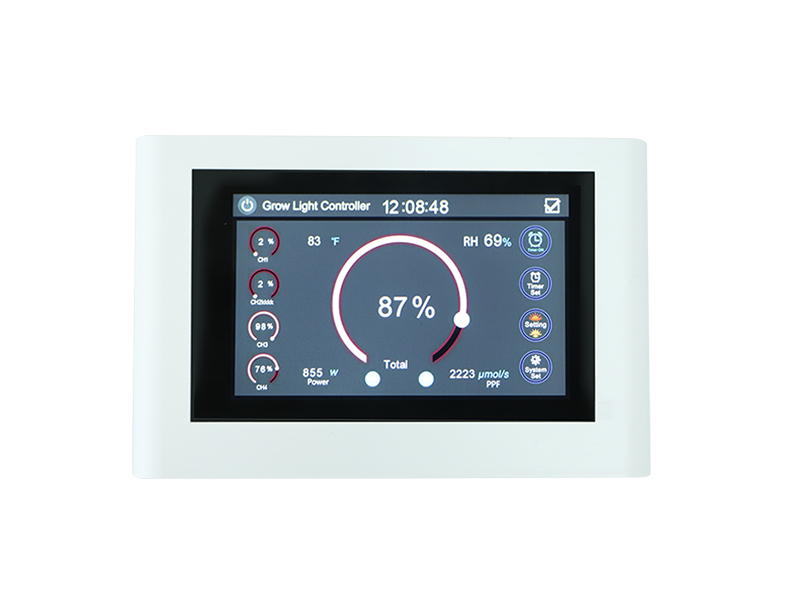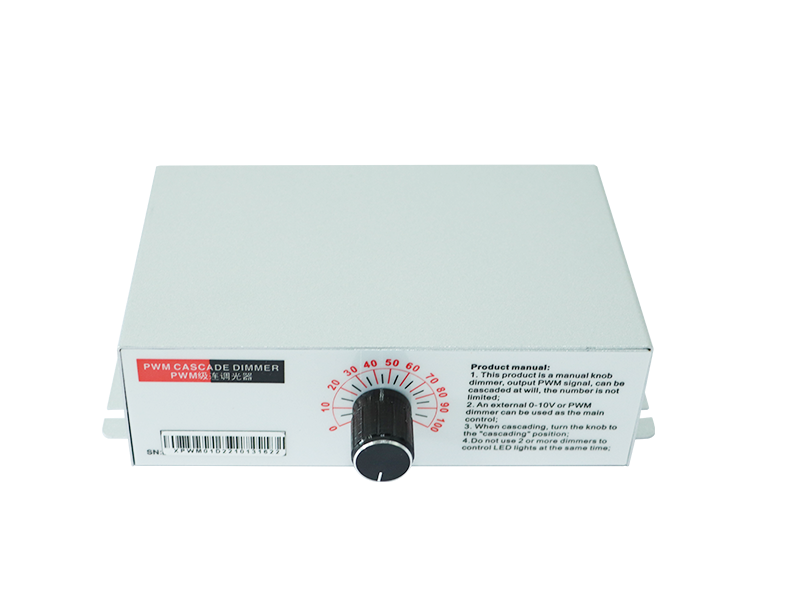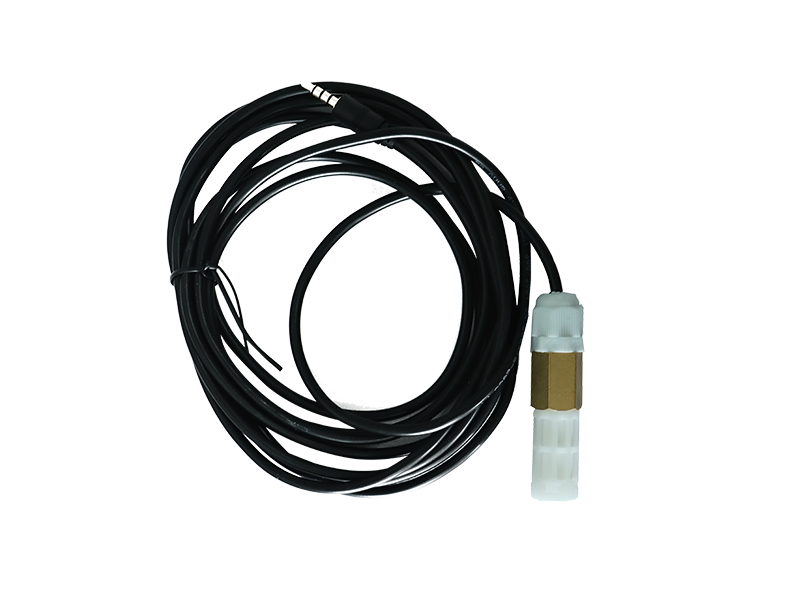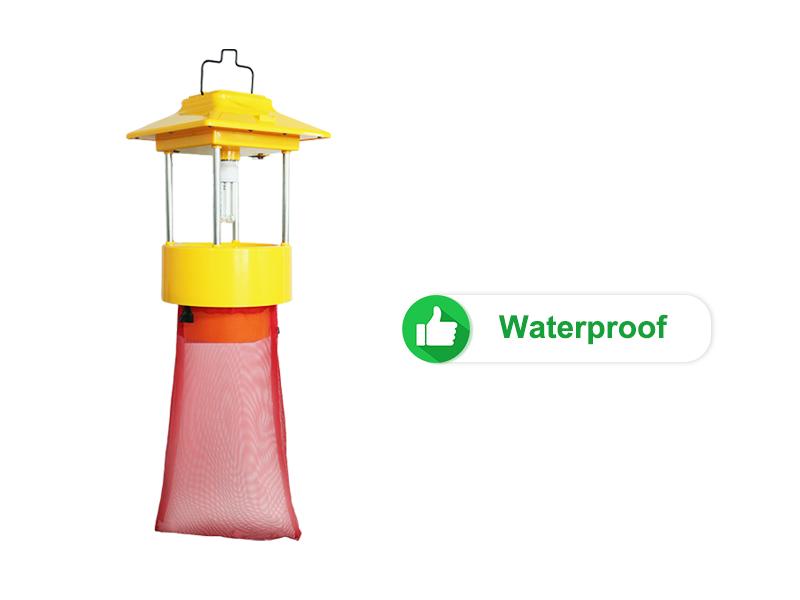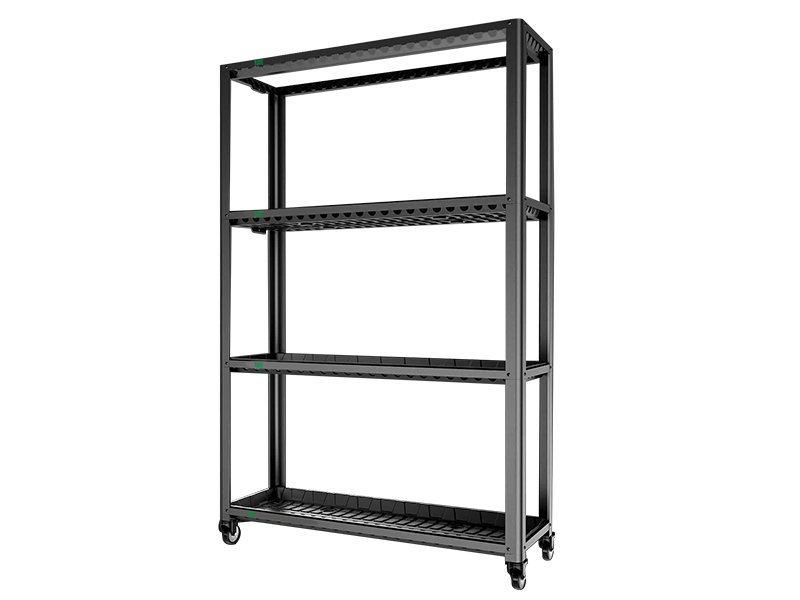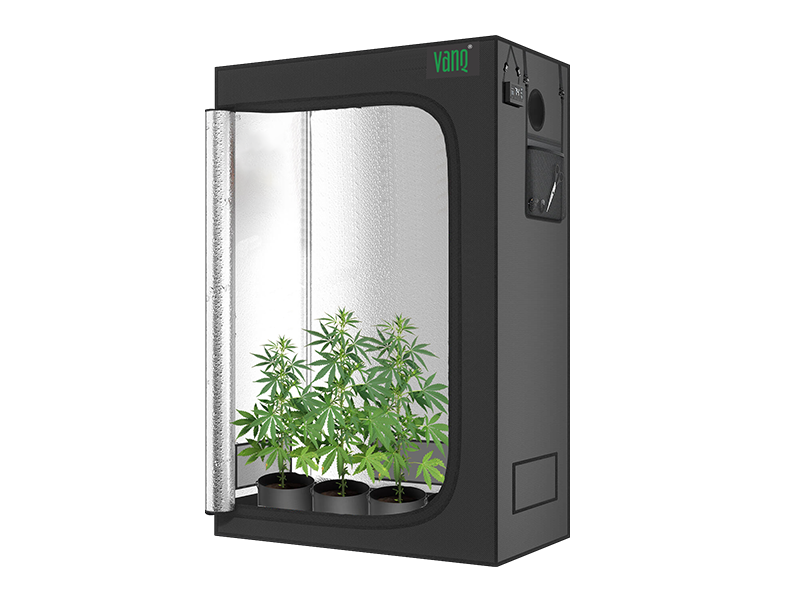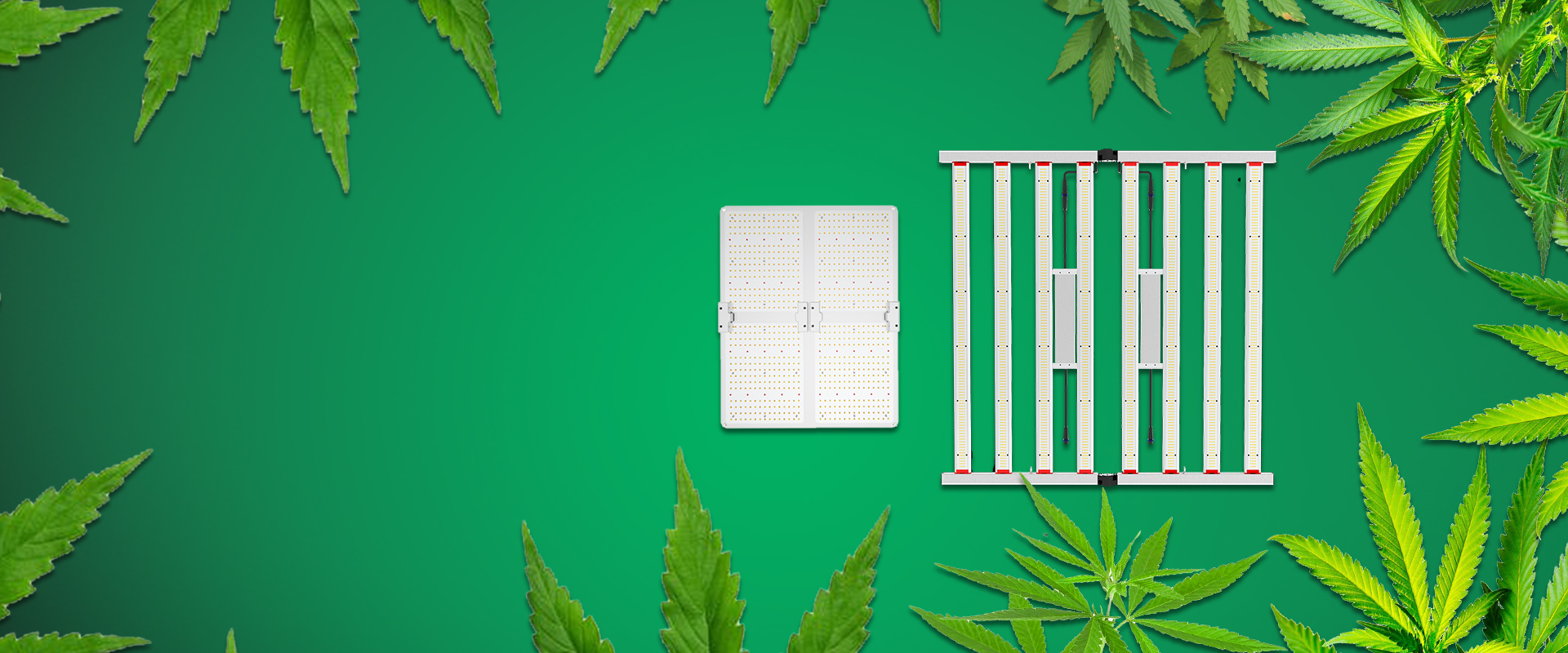Recently, many people have become enthusiastic about growing various plants at home, from lush green leaves and colorful flowers to fruits and vegetables, adding a touch of life to their spaces.
However, when choosing pots and carefully watering and fertilizing, have you considered whether plants can thrive in indoor environments with limited sunlight? In those dim corners, you might notice that despite your best care, some plants still look lackluster. Yellowing leaves and sparse branches could indicate they're lacking sunlight.
So, do grow lights really fill this gap? Are these lights truly capable of replacing sunlight and providing sufficient light for your plants? Let's discuss this.
Challenges in Indoor Environments
Let’s first look at how plants convert sunlight into the energy they need. This process, known as photosynthesis, transforms light energy into chemical energy to support growth.
Photosynthesis relies on three key factors: light, water, and carbon dioxide.
In indoor settings, challenges such as the number and placement of windows, nearby buildings, and seasonal changes can significantly affect light intensity and duration.
Even if you have plenty of windows, buildings may block sunlight, leading to insufficient light compared to outdoor environments.
Over time, inadequate sunlight can cause plants to exhibit unhealthy symptoms like drooping leaves, thin stems, and dull, lackluster colors—clear signs that they are not getting enough light.
The role of indoor plant grow light

When faced with these challenges, you might feel at a loss. Don’t worry—grow lights could be the perfect solution.
A grow light is a specialized artificial light source designed to provide plants with the necessary light they need, compensating for the lack of natural sunlight in indoor environments.
But can grow lights truly replace sunlight?
The answer is yes. Grow lights can mimic the spectrum of sunlight, allowing you to adjust the intensity and duration of light to meet the plants' needs. Currently, LED grow lights are the most popular choice on the market.
LED lights are favored for their efficiency, low heat output, and long lifespan, making them a top choice for indoor growers. In addition to LEDs, fluorescent and HID lights are also commonly used.
Fluorescent lights are suitable for small-scale plant growth and seedlings, while HID lights are better for larger plants or specialized crops that require intense lighting.
Another significant advantage of using grow lights is the ability to fully control the light duration and intensity, providing the optimal growth environment for your plants. For example, in cold winter climates or dimly lit rooms, grow lights can extend the light period to ensure plants receive ample light each day and grow healthily.
Which plants particularly need grow lights?
Of course, not all indoor plants need grow lights. Plants with high light requirements, such as succulents, strawberries, tomatoes, pothos, and cannabis, benefit greatly from them. Without sufficient light, their growth can slow significantly and may even stop due to inadequate photosynthesis.
However, grow lights are not a cure-all. Their effectiveness in aiding plant growth depends on various factors, including light intensity, distance, duration, and the specific needs of the plant species. These important factors should not be overlooked.
Best LED grow lights for indoor plants
Octopus 400 ——400W Full Spectrum LED Grow Light

The Octopus 400X is a 400W LED grow light with 1728 OSRAM diodes and an efficiency of 2.9 µmol/J. Ideal for home growers/tent growers, it provides a balanced spectrum for all stages of cannabis growth and evenly distributes light over a 4ft x 4ft area, is easy to install and has free delivery within South Africa.
Specs
Wattage Draw: 400 watts
LED Diodes: 1728 pcs, Full Osram
Spectrum: Full Spectrum+660nm red light
PPF (light output): 1160 umol/s
PAR Efficacy: 2.9 umol/J
Product weight: 4.1 kg
Manufacturer's Warranty: 3 years
Since its establishment in 2009, VANQ has always been customer-centric and committed to providing high-quality LED grow lights for cannabis cultivation, vertical farming, greenhouses and tissue culture.
As an industry-leading manufacturer, we have a state-of-the-art production plant in China and a warehouse in South Africa, ensuring free and fast delivery services within South Africa.


